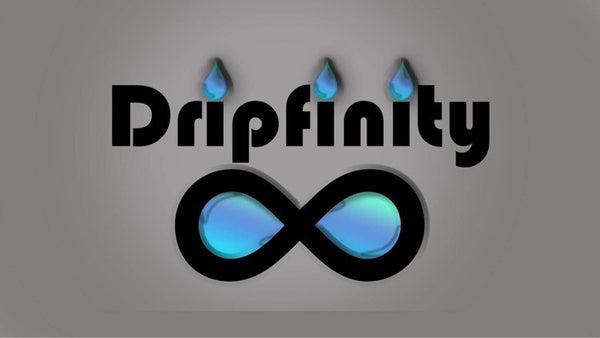Masterpieces Unveiled: AI's Impact on Art, E-Commerce & Print-on-Demand
Revolutionizing the Art World with Artificial Intelligence
In today's digital age, technology continues to redefine various industries, and the art world is no exception. The emergence of Artificial Intelligence (AI) has brought forth new possibilities and challenges for artists and art enthusiasts alike. AI has proven to be a game-changer in the art industry, enabling artists to create mesmerizing masterpieces and revolutionizing the way art is perceived.
Utilizing machine learning algorithms, AI can analyze vast amounts of data, hone its creative abilities, and generate unique artistic expressions. AI-powered algorithms can produce remarkable paintings, sculptures, and digital art pieces, often indistinguishable from those created by human artists. This newfound synergy between technology and art has opened doors for explorations of new creative territories, allowing artists to experiment with different styles, techniques, and mediums.
The Integration of AI in E-Commerce
E-commerce has become an integral part of the art market, offering artists and art lovers a convenient platform to showcase, buy, and sell artwork. With the integration of AI, the e-commerce landscape has transformed, providing an enhanced and personalized experience for art enthusiasts.
AI algorithms have revolutionized the way artworks are recommended and discovered online. By analyzing consumer preferences and art trends, AI-powered platforms can offer tailored recommendations and personalized suggestions to users, helping them discover new artists and artworks tailored to their tastes. This not only benefits art collectors but also provides exposure and recognition to emerging artists. Platforms such as Dripfinity Immersive Art have leveraged AI to curate immersive art experiences, bridging the gap between artists and art lovers.
AI and Print-on-Demand: The Future of Art Accessibility
Print-on-Demand (POD) services have democratized the art world by making art more accessible to a wider audience. By combining AI with POD, the possibilities become even more expansive. AI algorithms have the capability to generate unique and customizable art designs that can be printed on various mediums, such as canvas, posters, apparel, and home decor products.
With the integration of AI in POD services, customers can order personalized art pieces tailored to their preferences. AI algorithms can transform photographs, convert them into stunning paintings, and have them printed on demand. This technology not only provides individuals with the opportunity to own personalized art but also offers a way for artists to monetize their creations.
The Challenges and Ethical Considerations
While the impact of AI on the art industry is undeniable, there are also ethical and philosophical considerations to take into account. The rise of AI-generated art raises questions about the authenticity of the artwork and the role of human creativity. Some argue that AI art lacks the emotional depth and subjective perspective that can be found in human-created art.
Moreover, the question of copyright and ownership arises when AI-generated artwork is sold or displayed. Who owns the rights to an artwork created by an AI algorithm? These legal and ethical uncertainties need to be addressed as the art world continues to embrace AI technology.
The Future of AI in Art, E-Commerce, and Print-on-Demand
The symbiotic relationship between AI, e-commerce, and print-on-demand is set to shape the future of the art industry. As AI algorithms evolve and become more advanced, the possibilities for creativity and innovation will only continue to expand. Artists will be able to push their boundaries and create art that was previously unimaginable.
Platforms like WondrAI are at the forefront of this revolution, providing artists with tools and technologies to tap into the power of AI. With AI-generated art becoming more prevalent, it is crucial for artists and art lovers to adapt to this changing landscape and embrace the new era of artistic expression.

